Introduction:
The sugar apple, scientifically known as Annona squamosa, is a tropical fruit native to the Americas but now cultivated worldwide for its unique and delicious taste. With its green, scaly exterior and creamy, white flesh, the sugar apple offers a sweet and slightly tangy flavor that is a delight to many. However, enjoying this fruit at its optimal ripeness is crucial to experiencing its full flavor potential. In this article, we will explore various methods to determine whether a sugar apple is ripe and ready to eat. By understanding these indicators, you can ensure that every bite brings you the best possible taste experience.
Visual Inspection:
One of the most straightforward ways to assess the ripeness of a sugar apple is through visual inspection. Start by examining the fruit’s exterior. A ripe sugar apple typically has a dull green hue with a slight yellowing or browning around the scales or “eyes” on its surface. These scales should be firm but slightly soft to the touch, indicating that the fruit has reached maturity. Avoid fruits that are entirely green or have dark, decaying spots, as these may be unripe or overripe, respectively.
Additionally, look for cracks or splits in the skin. While minor cracks can sometimes occur naturally as the fruit ripens, large splits or wounds can be signs of over-ripeness or potential internal decay. If you notice any mold or discoloration around these cracks, it’s best to discard the fruit.
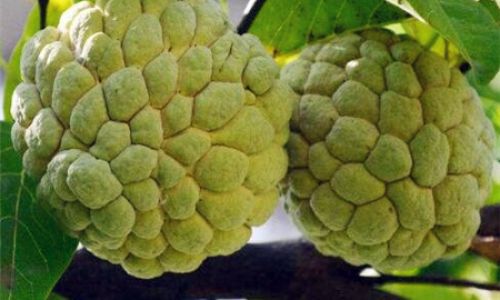
Texture Analysis:
Feeling the fruit is another crucial step in determining its ripeness. A ripe sugar apple should yield slightly to gentle pressure when pressed with your thumb or fingertips. This softness indicates that the fruit has developed sufficient sugars and has reached its optimal texture for eating. Be cautious not to confuse this gentle give with mushiness, which can signify over-ripeness or spoilage.
On the other hand, if the fruit feels hard and unyielding, it is likely unripe. Unripe sugar apples will not only be tough and unpleasant to eat but may also contain high levels of tannins, making them astringent and bitter.
Smell Check:
The aroma of a ripe sugar apple is another reliable indicator of its readiness to eat. As the fruit ripens, it develops a sweet, tropical fragrance that is distinct and inviting. If you bring the fruit close to your nose and detect a pleasant, slightly sweet scent, it’s a good sign that the sugar apple is ripe.
Conversely, unripe sugar apples may have a faint or almost non-existent aroma. Overripe or spoiled fruits may emit a sour, fermented, or moldy smell, which is a clear indication to avoid them.
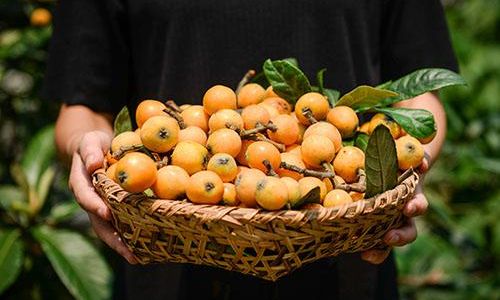
Tree and Seasonal Considerations:
Understanding the natural growing cycle of sugar apples can also help in determining their ripeness. Sugar apples are typically harvested during the warmer months when temperatures are conducive to their growth. In tropical regions, this can be year-round, but in temperate climates, they may be more seasonal.
If you have access to the tree, observe the fruit directly on the branch. Fully ripe sugar apples often fall to the ground when they are ready, though some varieties may remain attached to the branch even after ripening. If you see fruits on the ground, inspect them carefully for signs of ripeness before consuming.
Additionally, note that the ripening process can vary depending on the variety of sugar apple. Some varieties may ripen faster or slower than others, so it’s helpful to familiarize yourself with the specific characteristics of the variety you are dealing with.
Using the Stem:
A less common but effective method to check for ripeness involves examining the stem of the sugar apple. When the fruit is ripe, the stem should easily detach from the fruit when gently twisted or pulled. If the stem resists removal or breaks off cleanly without leaving any part attached to the fruit, it may suggest that the sugar apple is not fully ripe.

However, be cautious with this method, as some varieties may have stems that detach easily regardless of ripeness. Therefore, it’s best to use this technique in conjunction with other methods mentioned above for a more accurate assessment.
Conclusion:
Determining the ripeness of a sugar apple requires a combination of visual inspection, texture analysis, smell check, and understanding of the fruit’s natural growing cycle. By carefully observing the fruit’s color, firmness, aroma, and considering its seasonal availability, you can confidently select ripe, delicious sugar apples that offer the best flavor and texture.
Remember, the key to enjoying a perfect sugar apple lies in patience and attention to detail. Don’t rush the ripening process, and trust your senses to guide you towards the sweetest, most satisfying fruit experience possible. With these tips in mind, you’ll be well-equipped to savor the unique charm of this tropical delight at its finest.
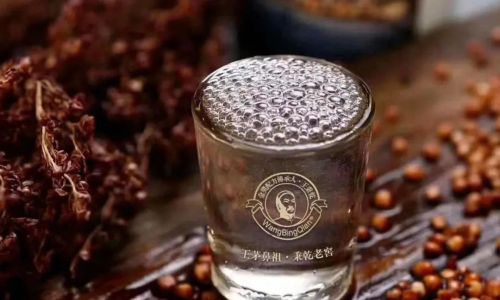

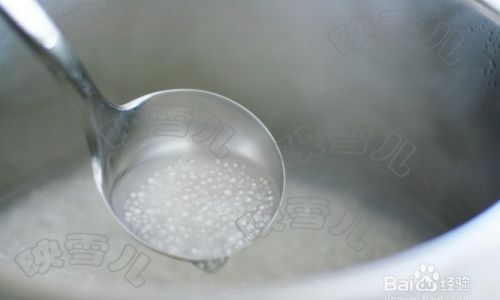
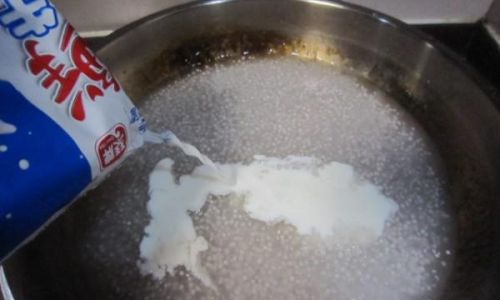

0 comments